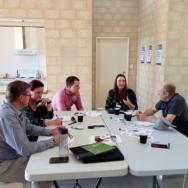Are your leaders capable of driving business change in an agile and resilient way? Do they recover fast from challenges?
In this blog post, we will share all you need to know about business change.
What is Change?
Change is associated with innovation, opportunity, evolution, future, growth, and progress. Yet, we know that change has a different flavour for everyone.
Some might say that change is inevitable. On the downside, change causes disruption, stress and tension to our organisation. Our brain’s fear centre, the amygdala, naturally react to uncertainty and ambiguity with fight, freeze or flight.
We differentiate between individual change and organisational change. Individual change is when the process of changing one’s behaviour sustainably. Organisational change is when an organisation, as the sum of all the individuals within, changes its way of working.
Leaders that role-model individual change, engage, inspire and challenge others to change. As futurists, they constantly consider different scenarios and think through new possibilities.
Leading with a Change Mindset is the #1 skill for leaders in 2030.
Change Failure Means We Push Towards Our Limits
There is no denying that embarking on a change journey is risky. We know that a high percentage of organisational change does not succeed.
What we mean by non-successful change is:
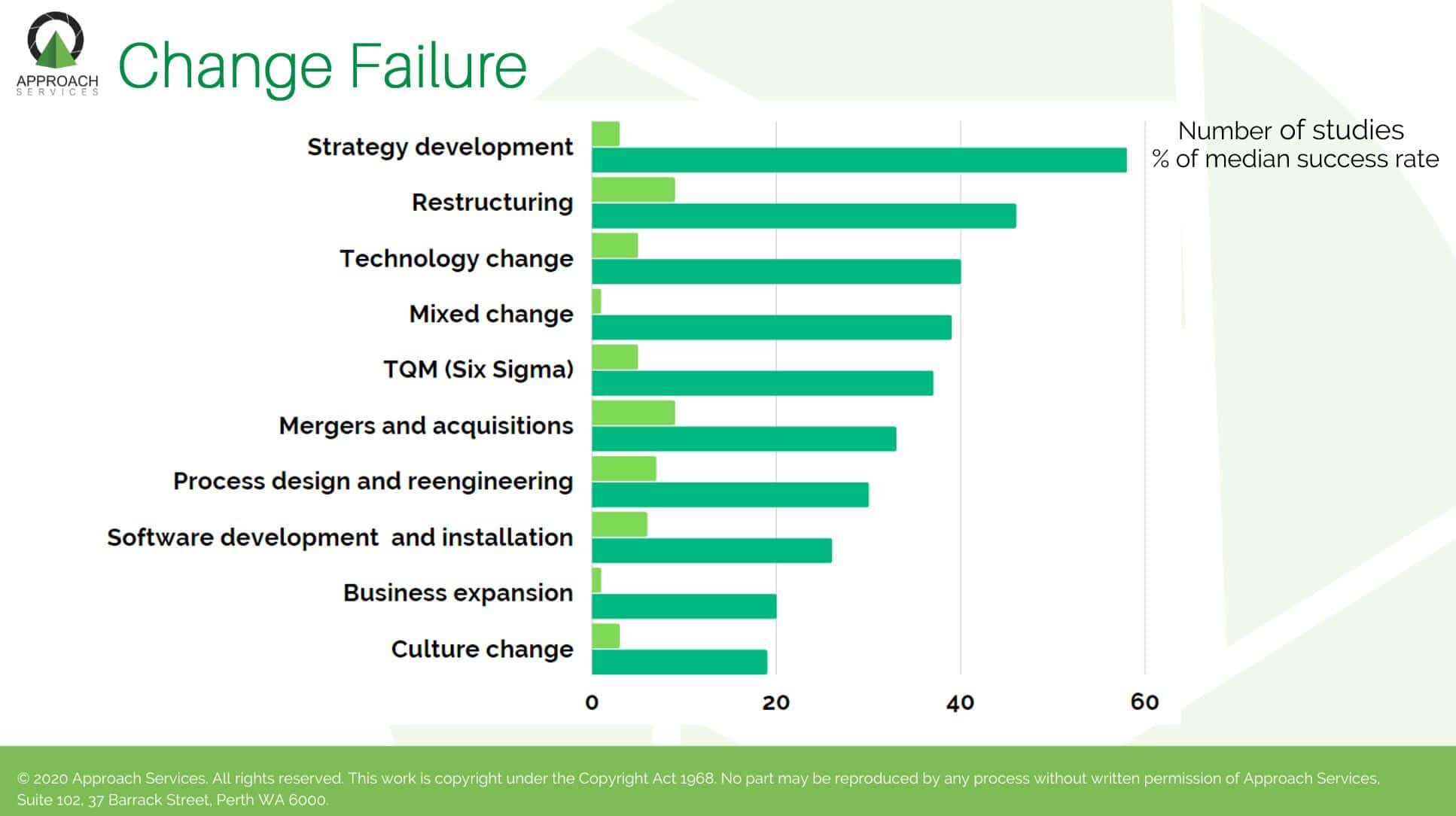
The above diagram is a bar graph of 49 different studies across 10 different types of organisational change. You see, your chance to succeed depends on the kind of change you are pursuing. A structured Change Management approach can multiply your success chances by 6, but Change Leadership is the #1 contributor to successful organisational change. Without it, you see that 41% to 81% of all organisational changes fail.
The Iceberg Of Change Failure
The problem is the iceberg of change failure. On the surface, your organisation might report projects that went over budget or fell short on their benefits. Underneath, you are experiencing the externalities of the lack of active and visible change leadership. You record a higher turnover rate or a lower engagement rate. You might even observe that clients or government funding are at risk as a result of lower performance.
Trouble in managing and leading change effectively also show on an individual or departmental level. You will notice issues in sharing the right and correct information, rumours and people filling the gaps in times of uncertainty. That’s why a lot of people associate change with effective communication. Change is a distraction. It affects motivation. Tracking absenteeism, side conversations, errors and wrong decisions can help you measure change progress.
During business transformations, you are probably seeing a rise in stress and mental health issues leading to more sick days, grievances and a whole cascade of problems.
I'm ready for practical solutions.
Speak to us today to find out how we can help you lead business transformation and change with confidence and ease.
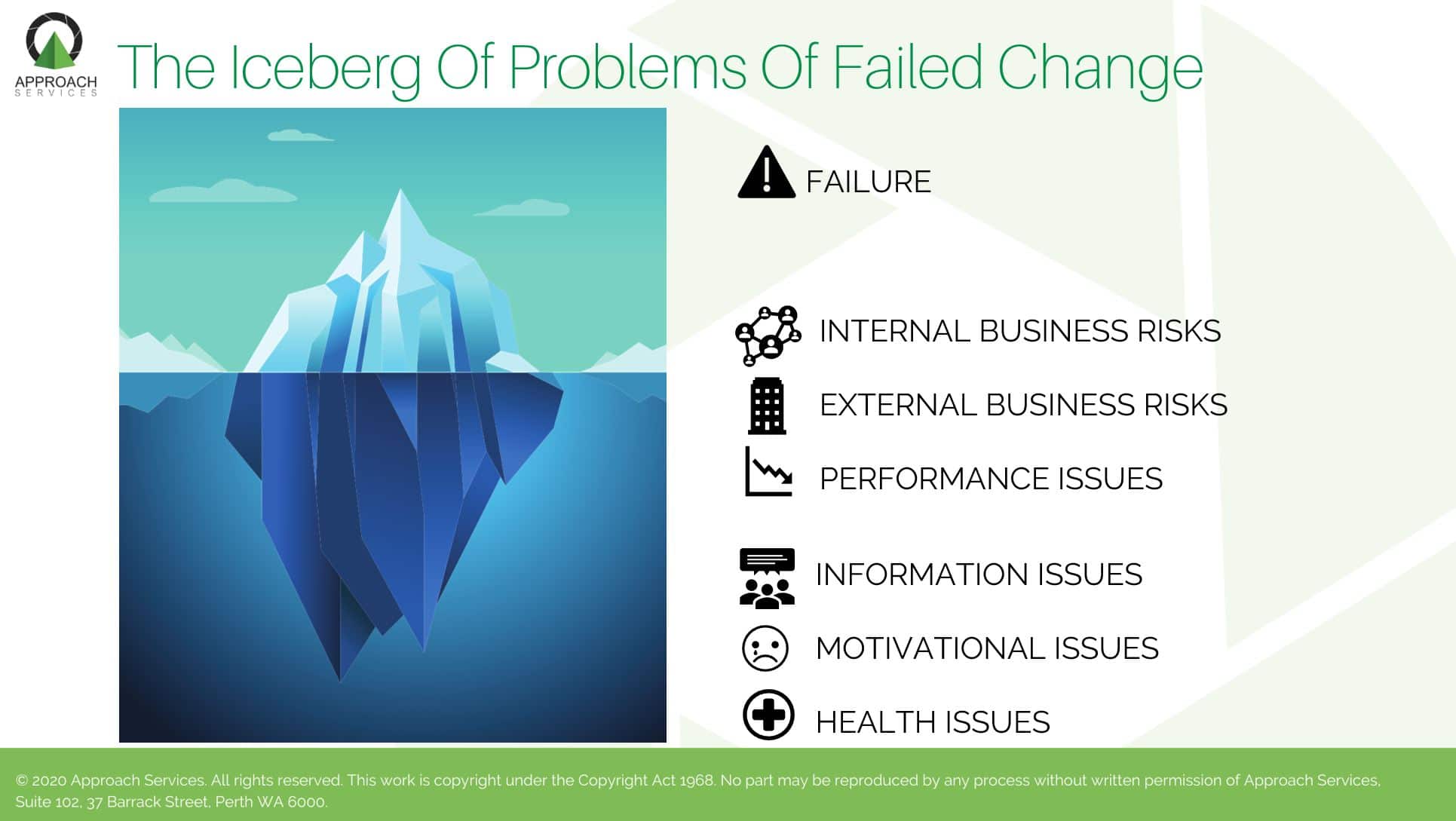
Change Management And Change Leadership Are Not The Same
People ask us all the time:
We believe you will need to understand the huge difference between Change Management and Change Leadership and that they don’t replace each other. Your Change Leadership complements your Change Management and Project Management efforts.
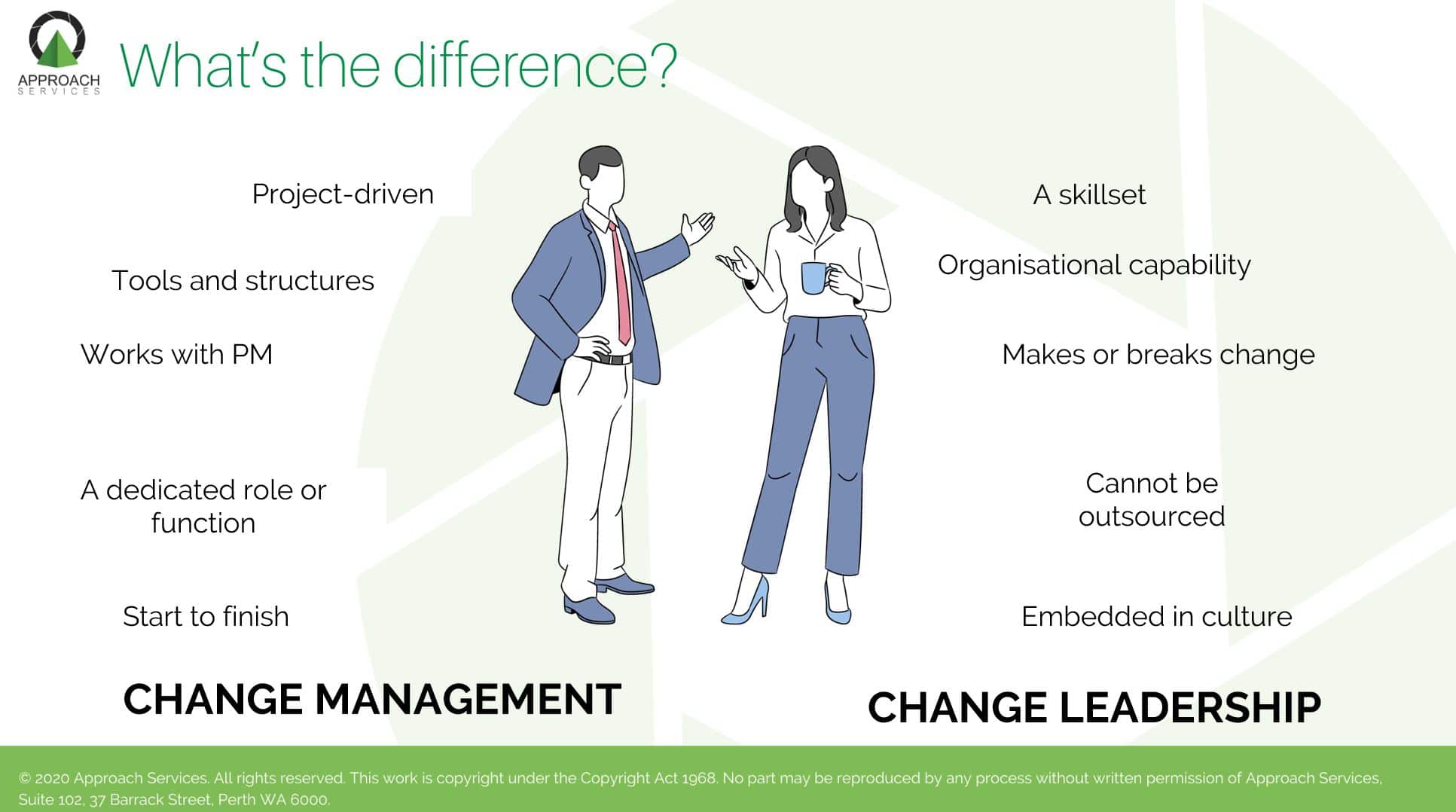
Change Management is either a dedicated role or function working on a programme or project scope from start to finish. Your Change Manager can be in-house or brought in to manage the people aspect of a change. They typically plan change initiatives that outline communication, training, coaching and resistance management.
On the other hand, Change Leaders are part of your formal and informal organisational structure. Building Change Leadership capabilities should be embedded in your culture and internal leadership competency framework. It cannot be outsourced. Leaders need to learn, practice and live change-agility and resilience.
Change Leadership lifts the foundational leadership skills to the next level to achieve resilience and change-agility:
Don't know how to lead change?
Don't have the right tools to start?
Let our industry experts and trainers train and upskill your people.
Our Leadership Capability Framework
Our mission is to help organisations develop in-house Change Leadership capabilities. Our Change Leadership capability framework maps our Change Leadership training back to generic leadership capabilities:
Under that, we got leadership skills ranking from self-regulating and emotional intelligence to planning and implementation, prioritising and making decisions.
Our practical and engaging eLearning courses and workshops touch all aspects of the Leadership capability framework.
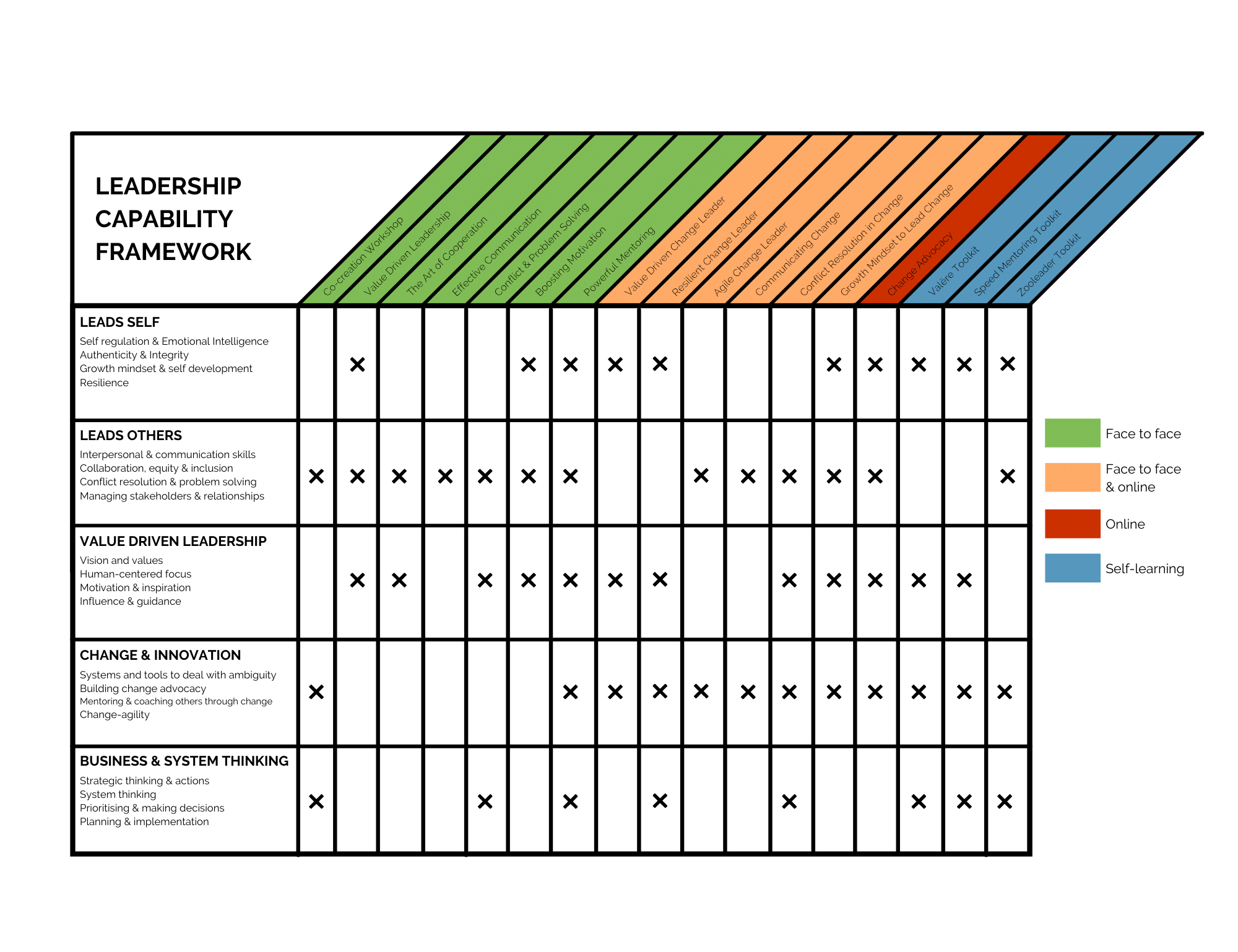
Conclusion
Change is inevitable and is here to stay. So imagine a business culture where leaders are already thinking about change and its emotional impact. They have the tools to integrate that change from the get-go, making it a part of the decision-making before putting demands and pressure onto people.
That is the beauty of what we are doing. We truly believe in upskilling people and empowering organisations to manage and lead their change.
At Approach Services, we help organisations to become change agile and thrive through change. We are passionate about shaping the way we lead change globally through our EXCELerate Change Leadership Program.
Subscribe to our monthly newsletter: The 6 Cents of Change. Find out more, follow us on LinkedIn or YouTube.
We invite you to contact us on +61 86 10 20 343 for an obligation-free discovery call.

Sam is one of the authors of The 6 Cents of Change. He's a father, a CEO, an Engineer, a trainer and a problem-solver. His work impacted Apache, Santos, MMA, and more. In his other life, he loves CrossFit and cricket.
To learn more about us and the solutions we provide, subscribe to The 6 Cents of Change, follow us on LinkedIn or connect with us here info@approach-services.com or +61 (08) 610 20 343.




